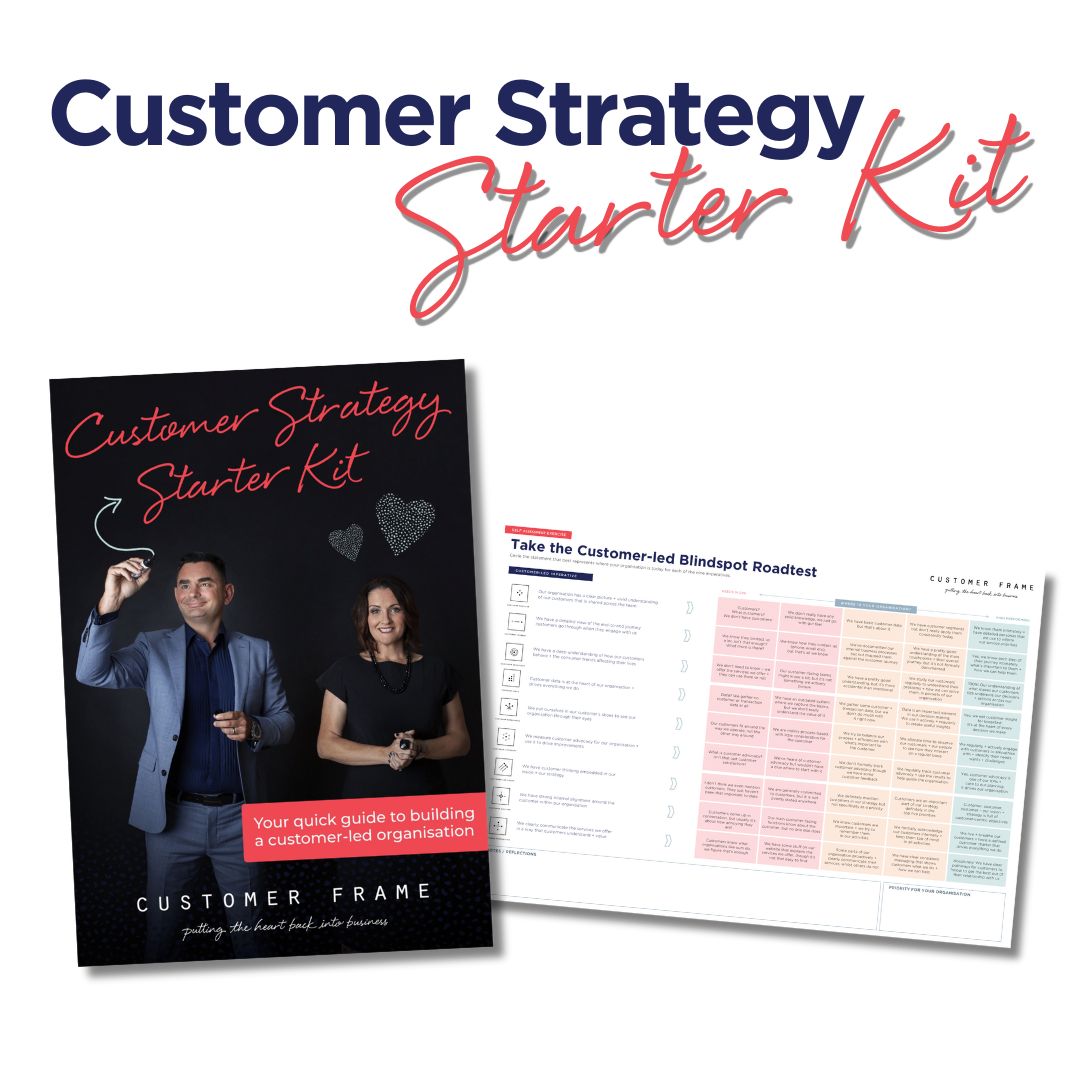Welcome to the ever-evolving landscape of customer choice. Choice is everywhere – more than we’ve ever had. But it’s not all roses!
As we navigate this intricate path, we must recognise that influencing customer decisions is a nuanced art, driven by understanding + empathy rather than rigid formulas.
In this article, we will delve into five essential principles that can help you become a master of influence that makes your business the choice for customers.
Principle 1: The Paradox of Choice
To kick things off, we must address the elephant in the room: the paradox of choice. As consumers, we’ve all experienced the overwhelming feeling when presented with an excessive number of options. Barry Schwartz, a renowned psychologist + professor at Swarthmore College, aptly named this phenomenon. He suggests that while we crave options, too many choices can lead to decision paralysis + decreased satisfaction.
In business, this principle is essential to understand. It’s a double-edged sword: we want to offer variety + cater to diverse preferences, but too much choice can be detrimental.
The key is to simplify + curate the options we provide, guiding customers toward confident decisions.
Principle 2: Customer-Centric Design
Businesses often make the mistake of designing products or services based on what they believe customers need. However, to influence customer choice effectively, you must flip the script.
Think like your customers, + put their needs + preferences at the core of your design process.
In the world of academia, professors like the late (+ great) Clay Christensen from Harvard Business School have long emphasised the importance of customer-centric design. Christensen’s theory of disruptive innovation urges companies to focus on solving the problems that truly matter to their customers. By understanding + addressing these pain points, you can guide your customers toward choosing your offerings.
Principle 3: The Power of Storytelling
We are storytelling creatures by nature. Our choices + behaviours are deeply influenced by compelling narratives. This principle brings us to Jonah Berger, a marketing professor at The Wharton School of the University of Pennsylvania, who specialises in virality + social influence.
Berger’s research underscores the significance of storytelling in marketing. He found that people are more likely to share content that tells a story, rather than mere facts or statistics.
To influence customer choice, craft a compelling narrative around your product or service.
Use stories that resonate with your target audience’s aspirations, values, + experiences. By doing so, you’ll not only attract their attention but also guide their decision-making.
Principle 4: Social Proof + FOMO
Humans are inherently social beings. We often look to others for guidance when making decisions. The concept of “social proof” capitalises on this innate human behavior. This principle, as popularised by Dr. Robert Cialdini, a renowned psychologist + professor emeritus of psychology + marketing at Arizona State University, suggests that
People are more likely to make choices based on what others are doing.
Leverage social proof by showcasing customer testimonials, reviews, + case studies. Highlight the positive experiences of others to build trust + nudge your potential customers towards the desired choice. Additionally, create a sense of “Fear of Missing Out” (FOMO) to influence customers to take action promptly. Limited-time offers + exclusive deals can trigger this psychological phenomenon, urging customers to make a decision.
Principle 5: Personalisation + Data-Driven Insights
In today’s data-driven world, the ability to personalise offerings + experiences is a powerful tool for influencing customer choice. Professors like Sunil Gupta from Harvard Business School have long emphasised the importance of leveraging data to understand your customers better.
By collecting + analysing customer data, you can tailor your products + services to meet individual preferences.
Personalisation not only enhances the customer experience but also increases the likelihood of conversion. This data-driven approach ensures that your customers feel seen + understood, which significantly influences their choices.
Simplicity + Curation: Beating the Paradox of Choice
While these five principles are indispensable, we must revisit the paradox of choice to bring it all together.
To effectively influence customer decisions, we need to find the balance between variety + simplicity.
First, simplify your offerings. Too many choices can lead to confusion + hesitation. Pare down your options to the essentials, making it easier for customers to evaluate + decide. This does not mean limiting your product line, but rather structuring it in a way that aids the decision-making process.
Second, curate your options. Understand your diverse customer groups + segment them based on their preferences + needs. Then, tailor your offerings for each group. For instance, Amazon offers curated book recommendations based on customers’ past purchases, creating a sense of personalisation within a vast catalog. Curating options helps customers find what they need quickly, enhancing their satisfaction.
Master the Art + make it work for you
In conclusion, mastering the art of influencing customer choice requires a multifaceted approach. Remember the paradox of choice + the wisdom of simplifying + curating options to guide customers. Embrace the customer-centric design, harness the power of storytelling, utilise social proof + FOMO, + personalise your offerings with data-driven insights. By applying these principles + beating the paradox of choice, you can truly influence customer choice in the complex + ever-changing world of business.
To your success in cultivating the art of influence in customer choice. 🚀
#BusinessLeadership #Influence #CustomerChoice #Simplicity #Curation

Customer Choice is one of the five trends we discuss in our book Leading the Customer-led Revolution + what you need to do as a business leader to get ahead of the game.
Curious with how your business stacks up? Download the free Customer Strategy Starter Kit, find out where you are + get the edge on your competition.
#CustomerCentric #SocialProof #DataDriven #Storytelling #Personalisation





